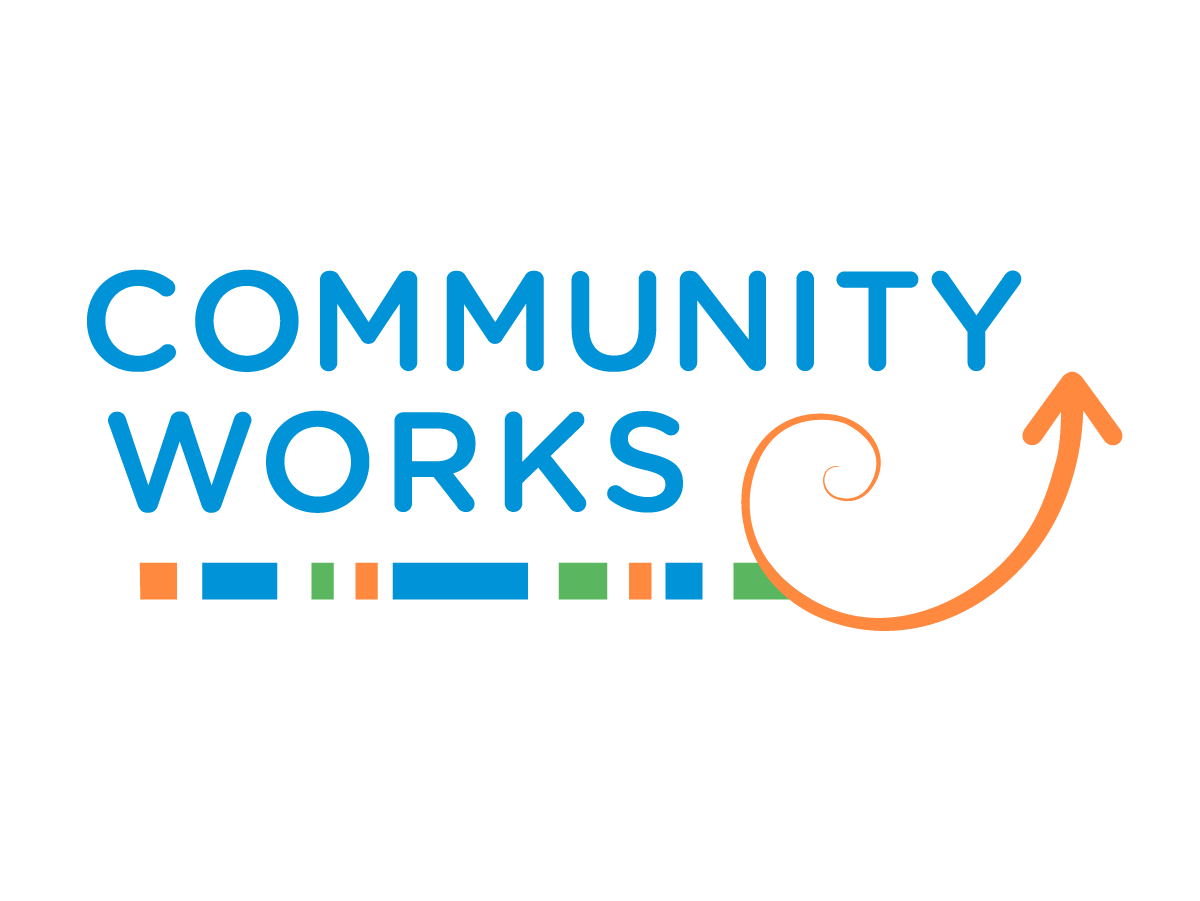It is September 11th, and I am steeped in literature relating to counter-terrorism. Community Works has recently engaged in a new project examining ways of building social resilience to prevent violent extremism, and, importantly, how to approach evaluation and impact assessment in this rapidly emerging area.
A shift to prevention
Governments around the world are struggling to figure out how to prevent the disillusionment of the post-911 landscape from breeding future terrorist activity. The importance of research into countering violent extremism (CVE) has gained traction in recent years as increasing evidence demonstrates that hardline approaches to counter-terrorism can actually exacerbate the threat. At the same time, there is a surge in recognition that preventing new recruits from resorting to violent extremism requires a drastically different skillset from conventional approaches to counter-terrorism that focus on detection and interception of attacks.
Early approaches to CVE focused on broad attempts to ‘counter the narrative’ of radical ideologies, but it is now understood that ideologies are only a small part of the problem. More and more, analysts and policy-makers are recognising the need for social approaches rooted in local contexts. Growing emphasis is being placed on finding ways to build social resilience among individuals and communities to resist the pull of violent extremism.
Context, contact, and complexity
It occurred to me today that, like the broader field itself, my own approach to studying CVE is rooted strongly in the history of what happened on this day fourteen years ago. At that time, I was living abroad in Denmark as a volunteer at a residential school for at-risk youth. One of our students, Habib, had recently arrived from Afghanistan. He was almost fifteen years old, spoke little Danish and even less English. His father had vehemently opposed the Taliban, and their attempts to punish his family had driven them to flee. Soon after I first saw those planes slam into the skyline of a city I love, in the country where I grew up, Habib came to me and apologised with great sincerity. My response was astonishment: ‘No Habib! What happened today has nothing to do with you!’
But of course it did, because my government’s response was to launch an attack on Habib’s country. When he heard the news, he collapsed in tears and repeated adamantly ‘If they stop the Taliban then it will be worth it.’ This was no light statement: aside from his parents and siblings, Habib’s whole family, his entire history was in Kandahar, one of the first cities to be bombed. Whereas I had been able to pick up the phone and hear almost immediately that all my loved ones were safe, it would be months before Habib would learn the fate of his family. Fourteen years later, there are far too many young people facing similar situations.
The nuances that unfolded in this exchange with Habib have made it impossible for me to think of the ongoing wars in the Middle East as a matter of ‘us’ and ‘them’. Although our countries were at war, it was plainly clear that he and I were not enemies and no amount of propaganda could convince me otherwise. The psych-social processes at play here fascinated me, and my research in the years that followed explored how interaction between people from different cultural backgrounds relates to peacebuilding. The social psychology of peacebuilding now plays a central role in my investigation of innovative methods for countering violent extremism.
The demand for research on CVE
Community Works has recently conducted a review of the literature surrounding CVE. A strong theme to emerge from the review is the demand for more rigorous studies, especially to develop effective methodologies for social approaches to countering violent extremism at the local level. Specifically, the literature points to the need for:
In partnership with LaTrobe University, Community Works is currently developing a longer-term research project with the intention of filling these crucial gaps. The project will draw heavily from key theoretical frameworks emerging from the social sciences, such as intergroup contact theory, moral inclusion, and social cohesion. The central aim of the project will be to assist a local CVE initiative in developing ethical and effective methods for measuring and leveraging their impact.


